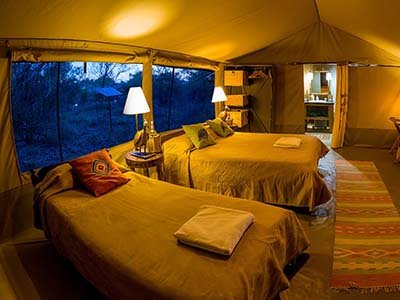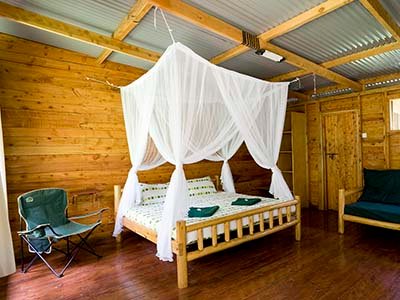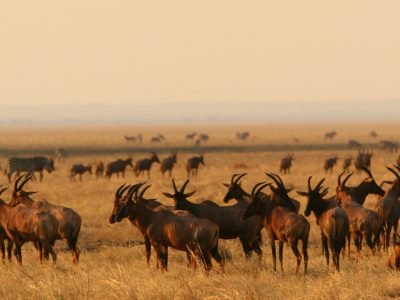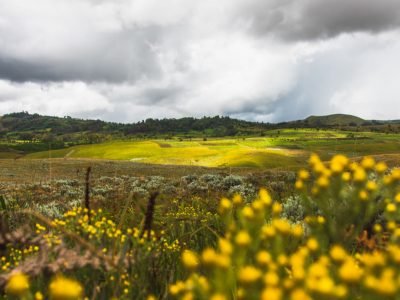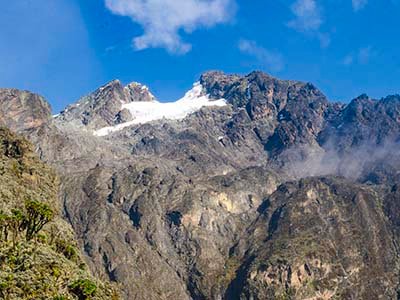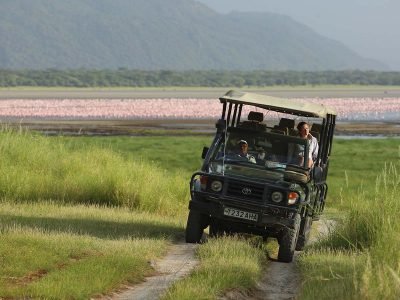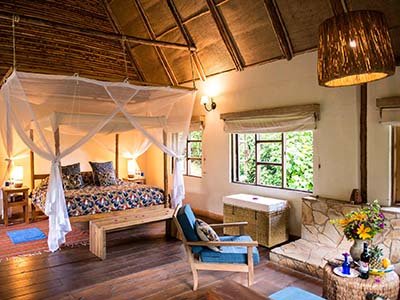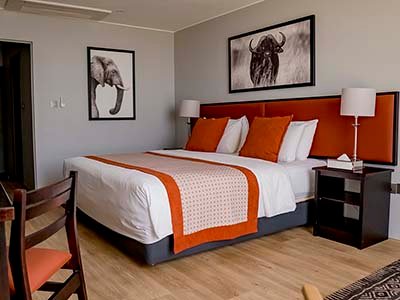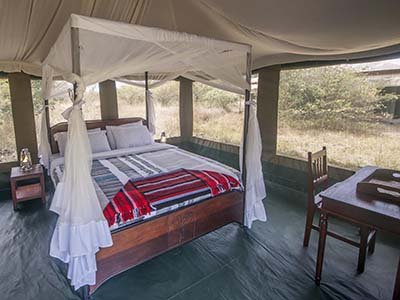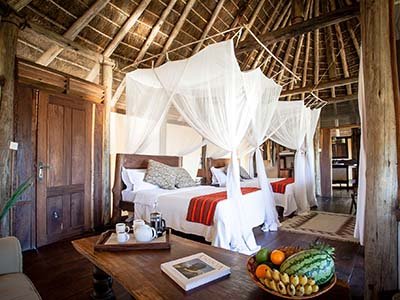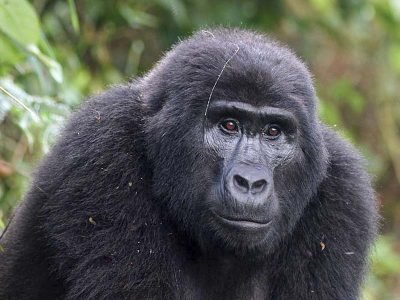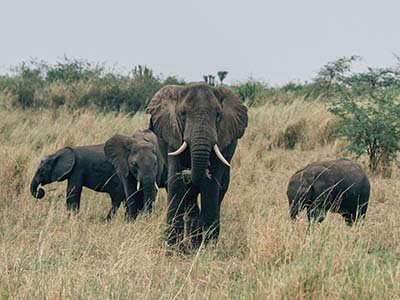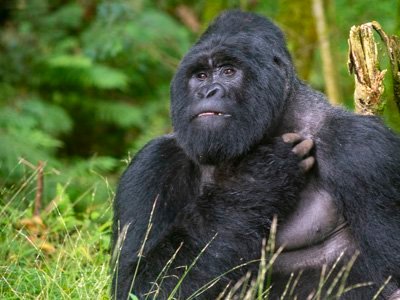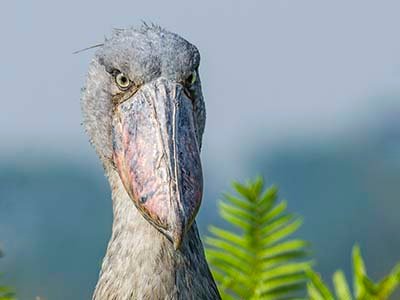Ethiopia, an East African country, is a hidden gem when it comes to tourism. With a rich cultural heritage, breathtaking landscapes, and friendly locals, Ethiopia has much to offer to visitors.
From the bustling capital city of Addis Ababa to the natural wonders of national parks like Simien Mountains and Omo Valley, there’s something for everyone in Ethiopia. In this article, we’ll explore why Ethiopia is an ideal tourism destination and what makes it unique among other African countries.
Overview of Ethiopia: Ethiopia is a landlocked country situated in the Horn of Africa. It shares its borders with Eritrea to the north, Djibouti to the northeast, Somalia to the east, Kenya to the south, and Sudan to the west. Ethiopia is known for its diverse topography, ranging from the Danakil Depression, one of the hottest and driest places on earth, to the Simien Mountains, which are a UNESCO World Heritage Site.
Why Ethiopia is an ideal tourist destination:
Ethiopia’s Rich Cultural Heritage: The country is home to many UNESCO World Heritage Sites, including the rock-hewn churches of Lalibela, the 17th-century walls of Harar, and the ancient city of Aksum. Exploring these sites is a great way to learn about the country’s fascinating cultural heritage.
Ethiopia’s Natural Wonders: With national parks like Simien Mountains, Omo Valley, and Abijatta-Shalla Lakes, Ethiopia is a country of stunning natural beauty. The landscapes are breathtaking, and visitors can enjoy wildlife watching or simply take in the beautiful scenery.
Friendly Locals: Ethiopians are known for their hospitality and welcoming nature. Wherever visitors go, they can expect to be greeted with warmth and kindness.
Unique Experiences: Ethiopia offers visitors one-of-a-kind experiences, such as trekking to the Erta Ale volcano, visiting the bustling markets of Addis Ababa, or experiencing the annual Timkat festival, which celebrates the baptism of Jesus Christ.
Proximity to Kenya: Ethiopia is located on the outskirts of Kenya, making it a great stopover destination for those visiting East Africa. Visitors can easily combine a trip to Ethiopia with a safari in Kenya or a beach holiday in the Seychelles.
Wildlife Places to visit in Ethiopia
Ethiopia is a destination nestled within the Afromontane forests and moorlands, where rare and captivating large mammal species await. You will discover an unforgettable experience in the lower-lying savannah reserves, where majestic lions and mighty elephants roam freely in their natural habitat.
The Bale Mountains National Park offers a unique opportunity to witness the majestic spiral-horned antelope, known as the mountain nyala, which is endemic to the area. This magnificent creature is truly a wonder to witness, with its unique diet of bamboo and its natural habitat in the fragrant juniper-hagenia forest. Discover the magnificent gelada baboon, with its striking lion-like mane and distinctive heart-shaped red chest patch, as it roams in groups of hundreds through the breathtaking Simien Mountain National Park. The grass-eating primate is a unique species that can be found in various habitats in northern Ethiopia, including the Debre Libanos Monastery, Muger Gorge, and Guassa Community Conservation Area.
It’s worth noting that Ethiopia is home to the Ethiopian wolf, a rare and visually captivating animal with a distinct red-and-white coat. Located in the heart of Ethiopia, Bale Mountains National Park, Guassa Community Conservation Area, and Simien Mountains National Park are home to a significant portion of the world’s population. These stunning destinations offer visitors the opportunity to observe these magnificent creatures in their natural habitat.
Discover the diverse primate population of Ethiopia, where black-and-white colobus monkeys swing acrobatically through the forests of the western highlands, mischievous vervet (grivet) monkeys frequent riparian woodland along the Rift Valley lakes, and Hamadryas and Anubis baboons are characteristic of more open habitats such as Awash National Park.
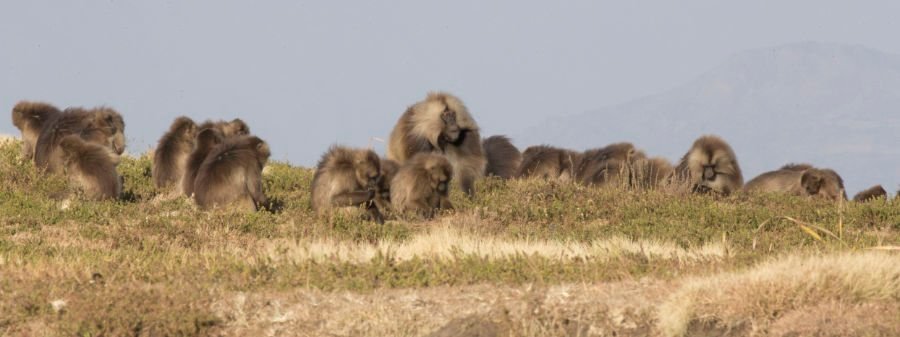
The Gelada baboon, known for its affinity for narrow cliff ledges, has made a remarkable comeback with a population of 1,200 in recent years. The Walia ibex, a rare goat species native to sub-Saharan Africa, is distinguished by its impressive curved horns that are present in all adult individuals. Discover the breathtaking Simien Mountains and witness the remarkable resurgence of a once-endangered species. Experience the thrill of seeing these magnificent creatures up close and learn about their journey from the brink of extinction to a thriving population.
Ethiopia’s wildlife is truly one-of-a-kind and will leave any visitor in awe. While some protected areas like Mago, Chebera-Churchura, Gambella National and Omo Parks are home to traditional safari animals such as lions, elephants, buffalos, and giraffes, the country’s wildlife is much more diverse and fascinating.
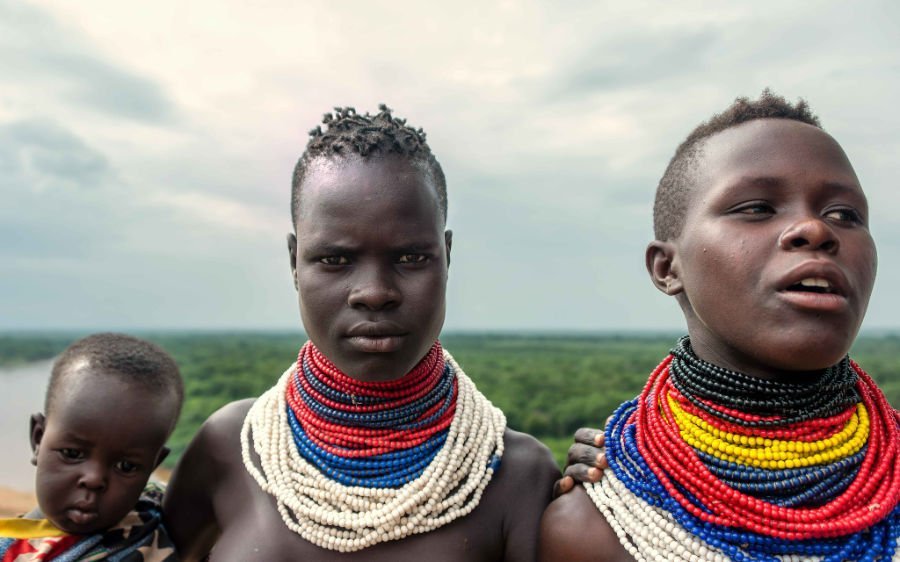
Religious and Cultural experiences
Ethiopia is a country that offers a rich cultural experience for travelers. One of the most exciting things about Ethiopia is its cuisine. Ethiopian food is renowned for its unique flavours and spices. Travellers can try traditional dishes such as injera, a spongy flatbread made from teff flour, and wot, a spicy stew made with meat or vegetables.
Community tourism in Ethiopia is a once-in-a-lifetime experience. Visitors can stay with local families and participate in daily life, learning about the customs and traditions of the different communities. This type of travel also helps to support local economies and promotes sustainable tourism.
Ethiopia is a standout place for religious tourism, being the pioneer in relation to the three Abrhamic faiths: Judaism, Christianity, and Islam. Visitors can explore ancient monasteries, rock churches and mosques, and holy sites that are important to people of different faiths.
Events and festivals in Ethiopia are a vibrant part of the culture. Meskel, the finding of the True Cross, is the first UNESCO-inscribed intangible heritage for Ethiopia and is a hugely popular Ethiopian feast. Irreecha is the annual thanksgiving day of the Oromo people of Ethiopia, and Timket, the Ethiopian Epiphany, is the most colorful outdoor festival in the country. Islamic festivals are also celebrated with exuberance, and the Ethiopian Orthodox girl’s festival is a vibrant and eagerly-awaited annual event.
Christmas in Ethiopia is celebrated on the 7th of January each year and is a magical time to be in the country. Visitors can experience the festivities in the religious epicenter of Lalibela or the bustling capital of Addis Ababa. Another unique cultural experience is Fitche Chambalala, the new year of the Sidama people of Ethiopia. It is a celebration of new beginnings and renewal, and visitors can witness traditional dance, music, and ceremonies.
What are Ethiopia’s top tourism destinations?
There are so many amazing places to see in Ethiopia, from its historic rock-hewn cathedrals to its breathtaking natural settings. The mediaeval city of Lalibela, known for its well-known rock-cut churches, the Simien Mountains National Park, home to majestic peaks and rare fauna, the ancient city of Axum, home to towering obelisks, and the breathtaking Blue Nile Falls are just a few of the top tourist locations. The walled city of Harar, the historic monasteries of Lake Tana, and the energetic metropolis Addis Abeba are among more well-liked vacation spots.
What season is ideal for travelling to Ethiopia?
Generally speaking, the dry season, which runs from October to May, is the greatest time to go, especially if you want to go hiking and see animals. It is advisable to go to certain places, such the Danakil Depression, during the colder months of November to February. For those who want to explore Ethiopia’s verdant green landscapes and waterfalls, the rainy season, which lasts from June to September, is an excellent time to go there.
What are Ethiopia’s distinctive cultural and historical sites?
Some of the world’s most distinctive cultural and historical sites may be found in Ethiopia. The ancient monasteries of Lake Tana and the rock-hewn chapels of Lalibela are both included as UNESCO World Heritage Sites. Towering obelisks and historic ruins may be found in the city of Axum, whilst Harar is well-known for its walled city and customary coffee rituals. The Ethiopian National Museum in Addis Abeba, the vibrant marketplaces of Bahir Dar, and the indigenous tribes of the Omo Valley are some further cultural attractions.
What are Ethiopia’s top natural wonders?
The magnificent Simien Mountains National Park, which is renowned for its majestic peaks and distinctive species, is one of several natural marvels in Ethiopia. The surreal scenery of the Danakil Depression and the Afro-Alpine moorland of the Bale Mountains National Park are other must-sees, as are the Blue Nile Falls. With over 800 species reported, the nation is also renowned for its amazing birdlife.
What extreme sports are available in Ethiopia?
Ethiopia provides a variety of adventurous sports, including climbing to the summit of the Erta Ale volcano in the Danakil Depression, rafting on the Omo River, and trekking in the Simien Mountains. There are several locations around the nation where you may enjoy paragliding, mountain biking, and rock climbing.
How can I enjoy the Ethiopian people’s hospitality?
Staying at a traditional Ethiopian guesthouse or homestay is one of the finest ways to experience Ethiopian hospitality, which is known for its warmth and generosity. You may also join in on a community tourism initiative or take part in a traditional coffee ceremony, which is an important aspect of Ethiopian culture.
How can I get an Ethiopian visa?
Visitors visiting Ethiopia have the option of applying for an e-visa online before to their journey or picking one up at Bole International Airport in Addis Abeba when they arrive. Before travelling, it is advisable to confirm the prerequisites for obtaining a visa for your particular nationality.
How do I travel around in Ethiopia?
Ethiopia has a variety of transportation options, including domestic aircraft, private taxis, and buses and minibuses. Although using public transit might be difficult, renting a private vehicle with a driver is a common choice for tourists who wish to see the nation at their own leisure.
What travel agencies and tour organisers are highly recommended for Ethiopia?
Ethio Travel & Tours, Timeless Ethiopia Tours, and Experience Ethiopia Tours are just a few of the prominent tour operators that operate in Ethiopia. It is advised to read evaluations and take

